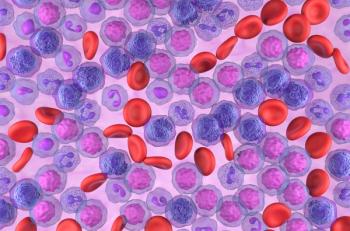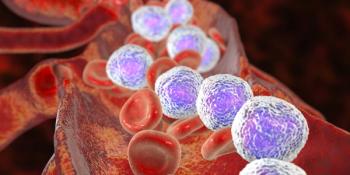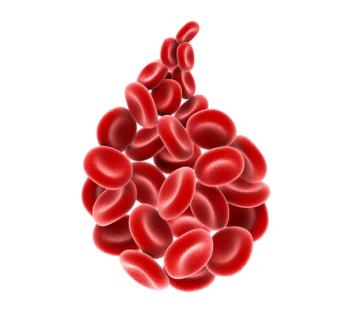
Improving Day-to-Day Brain Cancer Care Via Multidisciplinary Collaboration

Yoshie Umemura, MD, discusses how multiple departments can positively impact a patient with brain cancer during their visit to a medical center.
In a conversation with CancerNetwork®, Yoshie Umemura, MD, spoke about the value of multidisciplinary collaboration in the brain cancer field, emphasizing how teamwork across multiple departments can make a difference in a patient’s day-to-day care.
Beyond neuro-oncology and radiation oncology, Umemura, the chief medical officer of the Ivy Brain Tumor Center and division chief of Neuro-Oncology and the William and Joan Shapiro chair of Neuro-Oncology at Barrow Neurological Institute, described how those in speech therapy and physical therapy can help with treating patients. However, a positive impact on a patient’s experience is not limited to medical care. Umemura also highlighted valets and personnel who retrieve wheelchairs for patients as individuals who can positively impact a visit to a medical center.
Transcript:
For multidisciplinary [care], a lot of times, the easy thing to think about is different disciplines like neuro-oncologists, radiation oncologists, and medical oncologists. There are different physicians and neurosurgeons. Going wider, there are speech therapists, physical therapists, people who are doing intraoperative monitoring, our nurses, and the people who are answering the phone calls at the call centers. All these aspects touch the patient deeply in their day-to-day care, and their experience in their day-to-day care affects how they perceive clinical trials in their care [and whether] the team has their back, so to speak, in building that trust. I do think every aspect of that is important.
A lot of patients comment on the things that you don’t see, [such as] the valet person who parked their car or someone who gets their wheelchair for them every time they come [to the clinic]. Those are the people who make more of an impact on their day, oftentimes, when they come to a medical center, which is not a fun place to be. Keeping those things in mind, especially for clinical trials, is important. Sometimes, we get swallowed up with FDA regulations, but thinking about [how] we’re building the calendar and these protocols to allow aspects that [enable] patients to live their lives while they go on a clinical trial is important. [This includes] allowing telemedicine and at-home visits; anything that we can do [to help]. Of course, there are limitations, but having that multidisciplinary approach while thinking about all the aspects of the patients’ lives that we come across is important.
Newsletter
Stay up to date on recent advances in the multidisciplinary approach to cancer.


















































































